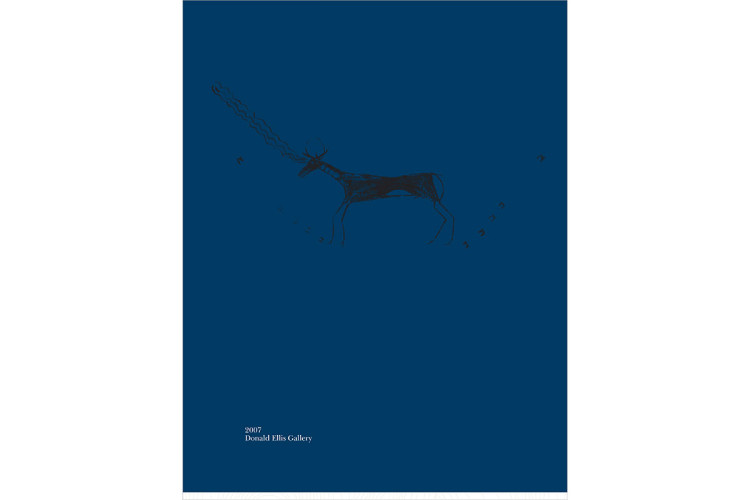
2007
$35.00 USD
ca. 1840
sperm whale tooth, abalone shell
width: 4"
Inventory # N3381
Sold
Private collection, Montreal, QC
Donald Ellis Gallery, New York, NY and Dundas, ON
Sir Kenneth Thomson, Toronto, ON
Donald Ellis Gallery, New York, NY and Dundas, ON
Art Gallery of Ontario, November 2008–2024
Donald Ellis Gallery catalogue, 2007, pg. 3
National Museum of the American Indian, New York, NY, Inv. Nos. 18/5911 and 2/2089 – See: Allen Wardwell, Tangible Visions: Northwest Coast Indian Shamanism and its Art, New York: The Monacelli Press, 1996, nos. 210 and 274
American Museum of Natural History, New York, NY, Inv. No. E2705 – See: Ibid., no. 278
Amulets are believed to contain the spirit power of the animal or other source from which the material was acquired. This fine amulet is carved from a sperm whale tooth, an uncommon visitor to the Northwest Coast, but seen with some regularity in the outer waters offshore. On occasion a sperm whale carcass may have washed ashore, to be plundered for its plentiful ivory and strong, useful bones.
Ivory amulets are carved in both symmetrical or asymmetrical compositions, and can be seen in a great variety of forms. In this finely carved example we see a symmetrical arrangement of two opposing figures flanking the image of a small octopus, a classic representation of this general type. The stout, tapering form of a whale’s tooth is apparent in the silhouette of this warmly coloured and highly polished amulet. The two figures are most likely bears, however only the shaman and the maker can truly know which of the many spirit-forms with related appearances these figures represent. The sculptural characteristics of their heads and the shape of the foreleg suggest bears, also indicated by their short snouts with prominent nostrils, large sharp teeth and small rounded ears. The sculpture of each head is bold and well defined, and the inlaid abalone shell in each eye is an uncommon embellishment. The heads are carved in a Tlingit sculptural style that includes large eyes and thick lips, and a cheek area behind each mouth that employs two-dimensional design elements as if they were part of a formline pattern.
The small areas formed by parallel grooves at the back of each paw and near the tops of the ears are an early stylistic trait often seen in older Tlingit objects. The fine incised lines that circumscribe each foreleg help to define the leg shapes and add a sense of refinement to the sculpture. The pierced-through areas below the ears and beneath each lower jaw add both lightness and depth to the work, and add to the clear definition of the silhouette of each figure. The hole below the ears also served as the suspension point for the amulet, which was worn around the shaman’s neck on a leather thong.
The small central octopus has trance-like, closed eyes, and the beak-like form of the creature’s mouth is clearly shown. The entire face of this figure is quite nicely worn and polished indicating the long years of use of this venerable object.

$35.00 USD